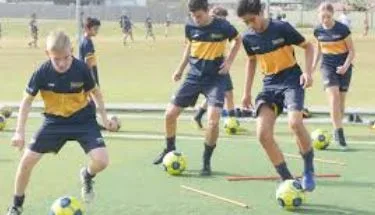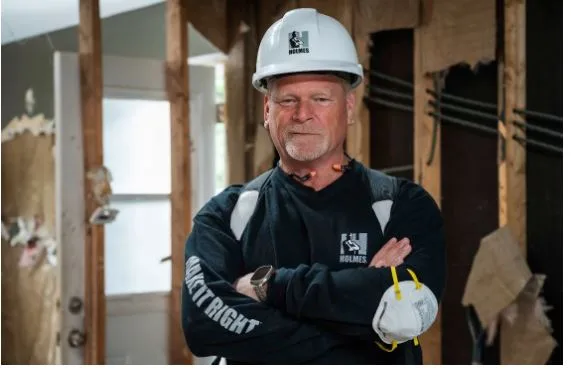Australian Youth Pathways: From A-League Academies to Global Stages
Footy dreams in Australia start early, and the journey from local ovals to AFL stadiums is more structured than many might think. The country has built one of the most well-defined talent pipelines in world sport — from grassroots community sessions to elite draft prep. And for many young players, it all begins before they even hit high school.
Learning the basics: Auskick and beyond
Aussie kids usually get their first real taste of football through Auskick programs, which welcome children as young as five. These sessions are all about fun, movement, and learning the core skills of AFL, including kicking, handballing, marking, and teamwork. Kids play modified games that are fast-paced, low-pressure, and full of energy. For many, it’s the first step into a lifetime passion for the game.
Many of these kids go on to join local junior clubs, where weekend games and regular training help them sharpen their skills. It’s also where families get more involved, and communities come together. The local game is where love for footy becomes a lifestyle.
In more diverse communities, state federations run Multicultural and Indigenous programs that use footy as a tool for inclusion. These give young people from migrant and Aboriginal backgrounds a chance to build confidence, make friends, and find their place in Aussie sport culture.
Rising through the ranks: Junior pathways and club academies
As players move through primary school, they often join local junior clubs or school-based teams that compete in regional leagues. From here, standout talents are nominated for AFL club development squads or invited into state-level talent programs. These include the AFL Victoria Talent Pathways, Queensland’s QAFL academies, and WAFL’s development leagues.
Players aged 12 to 15 may be selected into AFL club academies (like the Sydney Swans Academy or Brisbane Lions Academy), where they begin to receive position-specific coaching, video analysis, and high-performance support. These academies play a key role in shaping both skill and character, focusing on footy IQ, resilience, and leadership, not just physical ability.
Serious development: School-AFL partnerships and the NAB league
As kids get older and show serious promise, many enter specialist school programs like Westfields Sports High, SEDA College, or state-run institutes aligned with AFL clubs. These schools combine academic education with AFL development, including strength training, strategy sessions, injury prevention, and mental skills coaching.
In Victoria, the NAB League serves as the top under-18 competition, and it’s the main bridge to the AFL Draft. AFL recruiters closely follow this league, and players from regional zones or club academies regularly get picked up. Meanwhile, elite prospects from northern academies can qualify for draft concessions that give their aligned AFL club early access.
Talent ID: Keeping it inclusive
Australia’s AFL talent system is designed to be broad and accessible. Through the Talent Identification Program, coaches from anywhere, even remote country leagues, can nominate players via a national web form. This ensures that no young talent slips through the cracks due to geography, access, or background.
As a result, this inclusive model has opened doors for players from non-traditional backgrounds. Some of the league’s most exciting young prospects in recent years have come from multicultural communities, regional towns, or Indigenous programs. By broadening the reach of its talent search, the AFL is not only diversifying the player base but also strengthening the game’s future across the country.
The AFL also runs annual National and State Combines, where shortlisted players go through physical testing, interviews, and match simulations in front of scouts from every AFL club. The result is a system where natural ability, hard work, and opportunity all matter.
The bigger picture
For many young Australians, the path to the AFL is about identity, community, and growth through the sport. The combination of structured pathways, inclusive programs, and strong links between education and elite sport creates real opportunities for kids from all walks of life.
And while only a few make it to the very top, the system ensures that thousands of kids every year gain the life skills, friendships, and fitness that come with growing up in a country where football is a part of the culture.
In a country where, no matter if your kid plays, you follow a future star, or just watch and bet on Australian football, the connection runs deep and personal.






